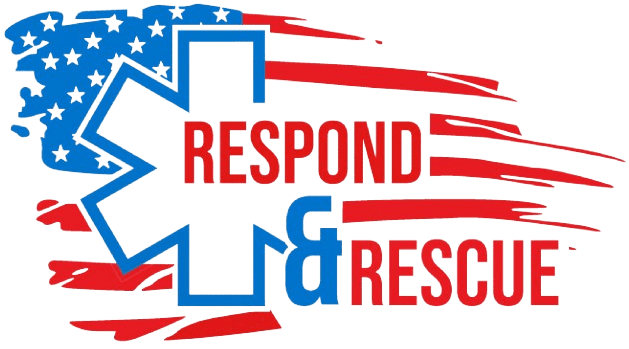Teaching CPR to Teachers,
Introduction: In education, teachers play a crucial role in ensuring the safety and well-being of their students. One essential skill that every educator should possess is CPR (Cardiopulmonary Resuscitation). However, the type of CPR training required for teachers can vary significantly from state to state. This post will delve into the importance of obtaining quality CPR training, navigating state-specific requirements, and why group training within schools is a preferred approach.
State-Specific Requirements: First and foremost, teachers must know the CPR requirements specific to their state. Regulations regarding the type of CPR certification, renewal periods, and other related factors can vary. As such, educators must stay informed about the guidelines set by their state’s education department to ensure compliance.
Emphasizing Quality Training: Not all CPR training programs are created equal. Teachers must seek out reputable and accredited training providers that offer high-quality instruction. In-person training sessions conducted by certified instructors provide a more comprehensive and hands-on learning experience than online courses. Investing time in a reputable training program ensures that educators have the skills and confidence needed to respond effectively in emergencies.
Group Training for School Settings: While individual CPR training is beneficial, there is a compelling case for group training within school settings. Opting for group sessions allows teachers to train alongside their peers and coworkers, fostering a sense of teamwork and communication. In emergencies, seamlessly coordinating with colleagues can make a significant difference. Group training enhances individual skills and cultivates a collective understanding of team CPR dynamics.
Benefits of Team CPR Training:
- Enhanced Communication: Group training enables teachers to practice CPR techniques and communication skills in a collaborative setting. This enhances their ability to work as a team during emergencies. Teaching CPR is our thing.
- Improved Coordination: Familiarity with coworkers’ CPR styles and techniques improves coordination during critical moments. This familiarity can be invaluable in high-pressure situations.
- Building a Supportive Environment: Group training fosters a supportive environment where teachers can learn from one another, share experiences, and strive for excellence in CPR proficiency.
Conclusion: Teachers must proactively meet their state’s CPR training requirements. Emphasizing the importance of obtaining high-quality, in-person training from reputable providers is essential. Additionally, opting for group training within school settings enhances the overall preparedness of educators, ensuring they can effectively respond to emergencies as a cohesive team. Teachers can confidently navigate the diverse landscape of state-specific CPR requirements by prioritizing quality and teamwork.
